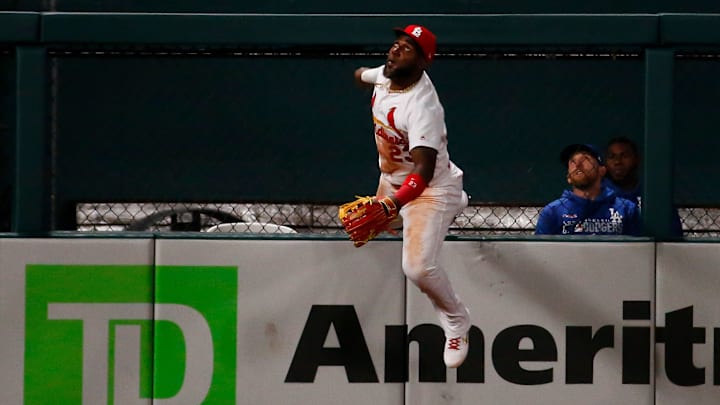#4 - Mike Leake signing
Another deal that made seemed questionable at best at the time, the Cardinals pivoted to signing Mike Leake after striking out on both David Price and Jason Heyward in free agency.
Leake signed a five-year, $80 million deal with the club, having a 64-52 record with a 3.88 ERA from 2010-2015. In all honesty, this move felt a lot more like a team scrambling to find a backup plan, and they ended up giving way too much money to a pitcher with very little upside.
Leake's first season in St. Louis was not pretty, going 9-12 with a 4.69 ERA in 176.2 innings of work. The Cardinals ran it back with him in the rotation again in 2018, but after going 7-12 with a 4.21 ERA in the first half, the club dealt Leake to the Seattle Mariners.
In that deal, the Cardinals acquired minor league shortstop Rayder Ascanio, but also sent over $750,000 in international signing bonus money and $17 million to cover a large chunk of the money still owed to Leake.
While the next year's free agent class wasn't very strong, hence overpaying again for Dexter Fowler, the Cardinals would have been in much better shape if they had held onto their money and turned to internal options or a one-year deal in free agency.
